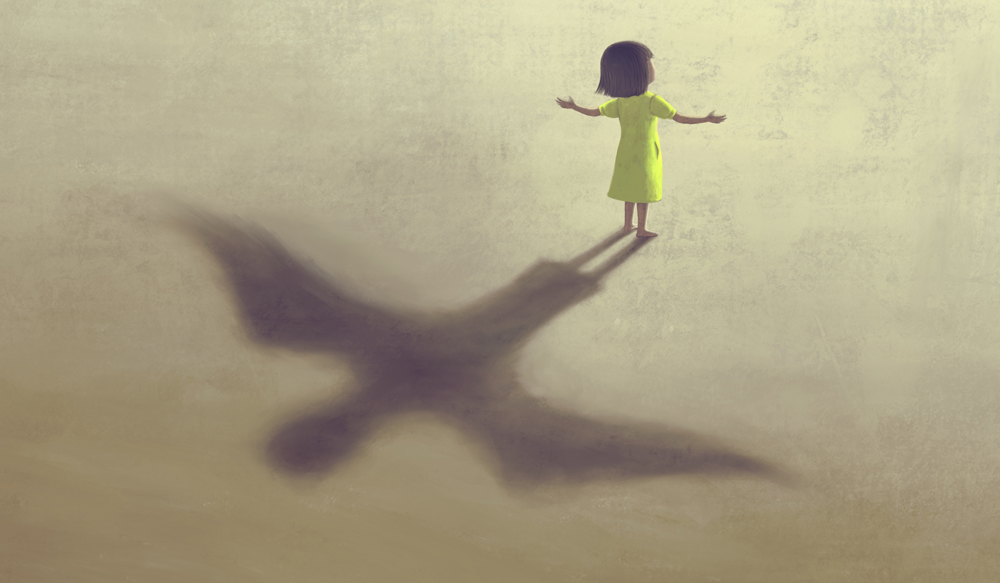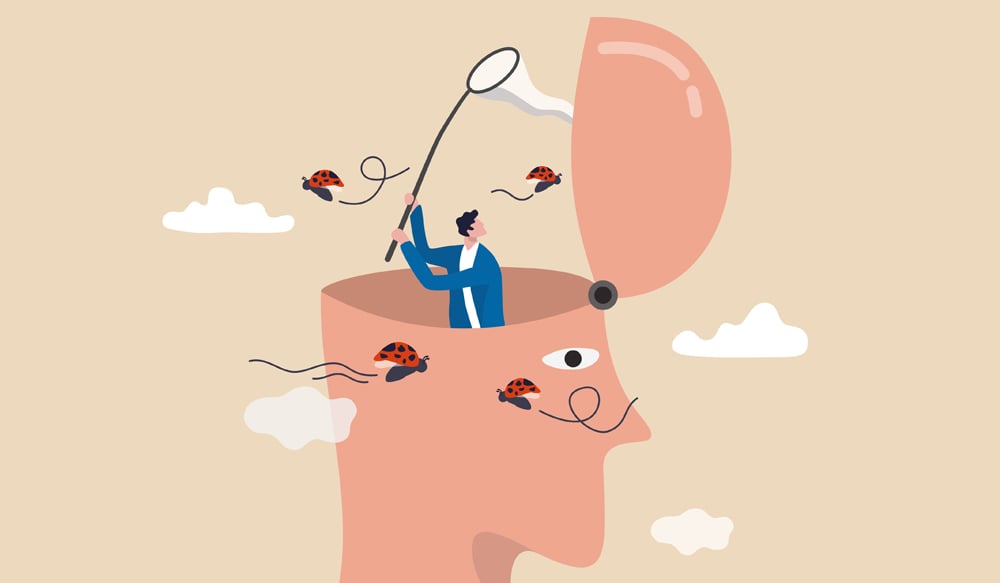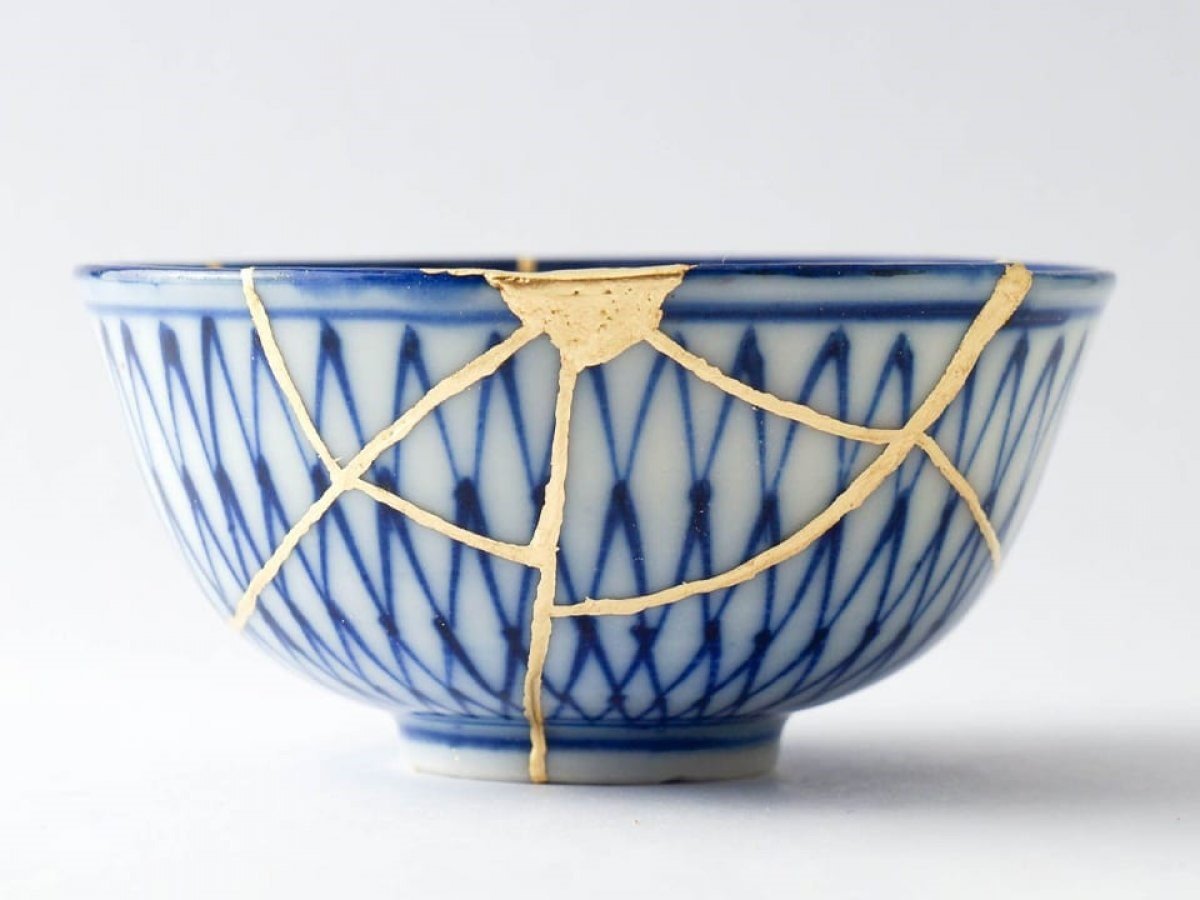You'll see it when you believe it
Yes, I did mean to write it this way. Belief is a powerful force in creation as well as a potential barrier. Let me explain.

Yes, I did mean to write it this way. Belief is a powerful force in creation as well as a potential barrier. Let me explain.

“I would like to register…a…complaint” – John Cleese

‘The best way to find yourself is to lose yourself in the service of others.’ Gandhi

The age-old question of ‘what do you want to be when you grow up’ causes a lot of anxiety in young people today. Not everyone knows what they want to do, or if they do - they can often be unsure of how to go about taking the first step towards their career journey. As a career guidance practitioner or mentor for a younger person, knowing how to guide someone can save years of anxiety and costly mistakes.

There are many ways to train and teach a student new, exciting topics, but what does it really take for a student to remember something new and recall it a week, a month or a year or more later? And when the whole point of delivering training is so the participants can remember and apply what they’ve learnt in a workplace, sometime later… Retention becomes a key factor in a course and trainer's success.
It’s been said that when hearing about new content, only 10% of the content is remembered. It’s also said that the more engaging and interactive a training session is, the more the information is likely to be learned. So once we engage and wow our students with our presenting finesse and use of an assortment of training aids to do so, how do we encourage and support our students to retain and recall what we have taught them?
If you really want to have raving fans as students and assist them in achieving incredible results in your courses, try the following tips to help them retain and recall what you teach. Your students will come out on top – with understanding and the confidence to demonstrate their abilities.
5 ways to increase students' retention and recall information;

Over the last few years the personal development and wellness industry has flourished. It seems every second person has gone to a retreat, engaged with life coaching or has signed up for online master classes. Some are searching for the meaning of life and others simply want a weekend away eating kale and being told to “straighten their back” in the downward dog!
Sadly, many people perceive themselves as flawed in some way - that there is something “wrong” with them that needs changing or concealing. This common insecurity has us exhausting ourselves trying to live up to enhanced, edited, airbrushed and socially conforming versions of ourselves. Acknowledging our imperfections as part of our beauty and uniqueness is perhaps the most self-nurturing gift we can give ourselves.
The Japanese art of Kintsugi (meaning “to join with gold”), is a 500 year old Japanese tradition of repairing the shattered seams of broken ceramics with gold and silver. It treats breakage and repair as part of the history of an object, rather than something to disguise.
Kintsugi is part of a broader philosophy of embracing the beauty of human flaws and fragility. In a world that so often prizes youth, perfection and excess, kintsugi embraces the old, battered and imperfect. It also teaches calm when a cherished piece of pottery breaks, is a reminder to stay optimistic when things fall apart and to celebrate the flaws and missteps of life.
Our Certificate III in Personal Empowerment approaches self-awareness and growth with the Kintsugi philosophy – all chips, cracks and breakages of life are simply opportunities to create unique and authentic beauty.
Most of us humans survive pretty well for 80 or so years. We have no sabre tooth tiger chasing us or need to gather food in a sparce Winter. We can generally rely on no-one clubbing us over the head to get the last portion of spit roasted rabbit. So why, when our actual survival needs are met, are our nervous systems hyper aroused and causing all kinds of stress related health issues?